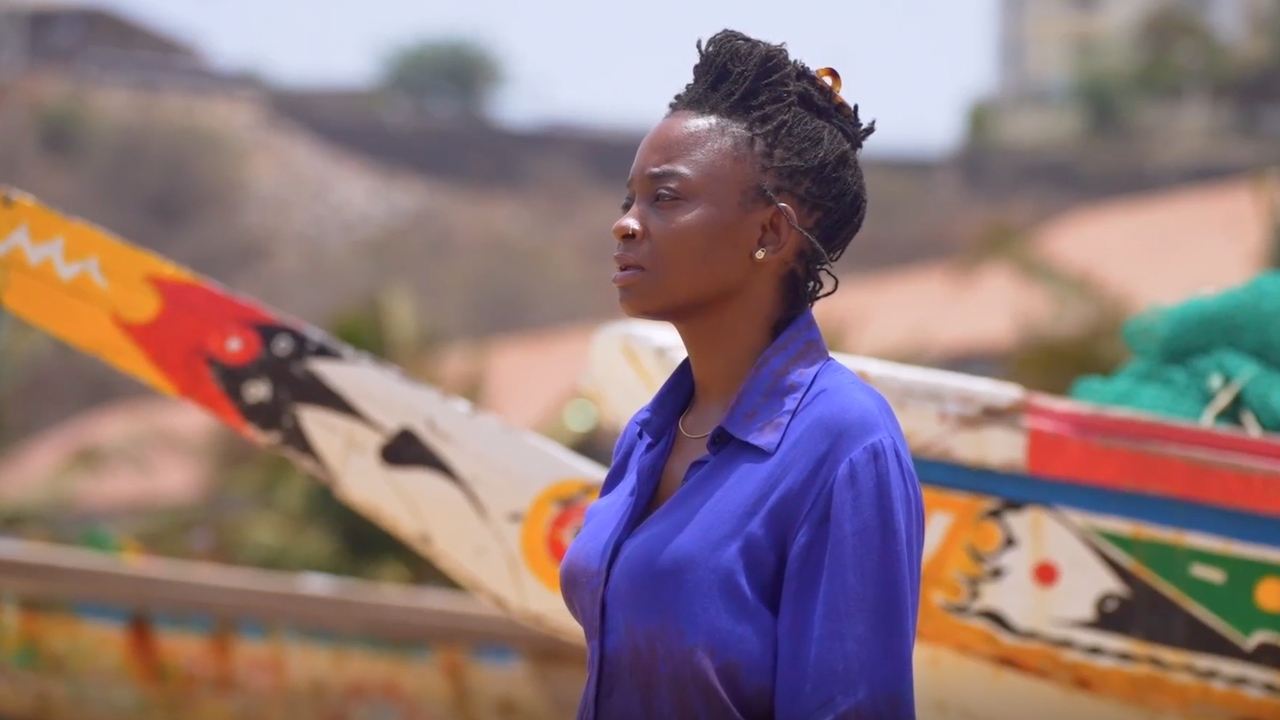Donald Urquhart
Queer history, fantasy connections and imaginary alliances
Queer history, fantasy connections and imaginary alliances

Despite being black and white, Donald Urquhart’s bittersweet, droll, cartoon-like drawings are souvenirs of a colourful past. Comforting and disconcerting in equal measure, their elegant line and graphic finesse makes them immediately appealing, even though they sometimes dish out hardcore one-liners like seasoned cabaret artistes or twisted greetings cards. Holly Jobby (2000) from a group featuring a vicious Edwardian matron, for example, depicts a young girl’s death by spiked heel, with a caption declaring: ‘I detest the child, Holly Jobby; she is not worthy of my care. I will kill her today’. Urquhart’s aesthetic draws inspiration from a rich queer cultural history tracing fantasy connections and imaginary alliances. Aubrey Beardsley, Elsa Schiaparelli, Judy Garland (‘…We are all so God damned over the rainbow’), Bette Davis and Tennessee Williams, among many others, have all either lent lines to or left their mark on the artist’s vivid imagination – as have booze, towering heels and floral arrangements. His exhibition last year, ‘Listen to the Wine’, for instance, included the wall drawing Dark Waters (2004), depicting friends in celebrity guises drowning in an intoxicating ocean. In other works he has used disarmingly delicate lettering composed of ornamental flower beds to spell out frank truths: Say It With Flowers–What a Bitch (2005), Say It With Flowers, Life Goes On (2001) or the heartbreakingly isolated Us (2005).
Until very recently Urquhart’s work was made with ultraviolet rather than bright art gallery lights in mind. While doing daytime stints as a postman, model and fashion journalist, by night he was transformed into a motherly bingo-calling diva, Performance artist, member of Leigh Bowery’s band Minty, playwright and poet. (Why settle for just one biography if you can handle more?) In the early and late 1990s, together with Sheila Tequila and DJ Harvey, he co-hosted the legendary London queer cabaret club The Beautiful Bend – a name borrowed from a disco record that needs no further explanation, except perhaps to the most anatomically naive. He also produced hundreds of black ink drawings in standard A3 spiral-bound sketchbooks. Many were subsequently blown up on a photocopier and used as poster decoration for the club – a sort of propaganda for perhaps mechanical, but definitely not reproductive, nightlife antics.
Urquhart’s installation for this year’s Beck’s Futures 2005 show at the ICA, London – Another Graveyard (2005) – is a kind of memorial for some close friends, but looked more like fixtures and fittings for a whimsical designer boutique than a relic from a trashy subcultural venue, although there were faint echoes of his creative roots in the use of moving projections. Painted on glass and the walls were silhouettes of poplar trees and a grand piano, flowers, and text framed in ribbons and addressing loss, ‘music never composed or recorded’ and ‘letters unwritten unread and unsent’. Permeating the air around the work was Darnley, a scent designed by the artist with the assistance of perfume makers Quest International and named after the reputedly homosexual murdered spouse of Mary, Queen of Scots. The fragrance was created as a fantasy gesture to the past: to enable homosexuals living in Edinburgh in the 1930s to recognize each other. Its ingredients include myrrh, musk, rum and other notes intended to evoke tweed and heather, all of which blend into a rather ‘present’ odour, to say the least. If it is ever unleashed for public consumption, its wearers certainly won’t go unnoticed. Urquhart apparently put this to the test at the end of a gallery dinner by waving a tissue soaked in his creation around a restaurant.
One of the interesting things about Urquhart’s project is the way he straddles the gap between queer subculture and contemporary art contexts. He certainly brings plenty of hard-earned experience to bear, making the current fashion in art for all kinds of vaguely disgruntled outpourings of suburban youth look insipid by comparison. A recent club night in the ICA’s awkward bar allowed him to attempt some crossover by bringing The Beautiful Bend back to life for an evening. Projected on the wall was a darkly compelling compilation of British public safety films from the 1970s, hilariously macabre reminders that, after crossing the street and high-voltage electricity wires, the most dangerous things on earth are the nuclear family and the home. Friends of Urquhart’s performed beneath the projections, helping themselves to a pile of second-hand theatrical clothes, including fake pregnancy padding, a little black lace number and some tired wigs. Urquhart himself was in a matronly mood and belted out some torch songs in a manner that would have pleased fans of Anthony and the Johnsons.
There is more than just a touch of old-fashioned melodrama and tragicomic satire in Urquhart’s work. He obviously revels in using artifice and exaggeration to address complicated emotions and social constellations by queering the pitch. His biting visual and linguistic wit, puns, irony, sarcasm and innuendo are all spices aimed at giving solace to the like-minded and at unsettling rather than seducing the straight talker or viewer.















